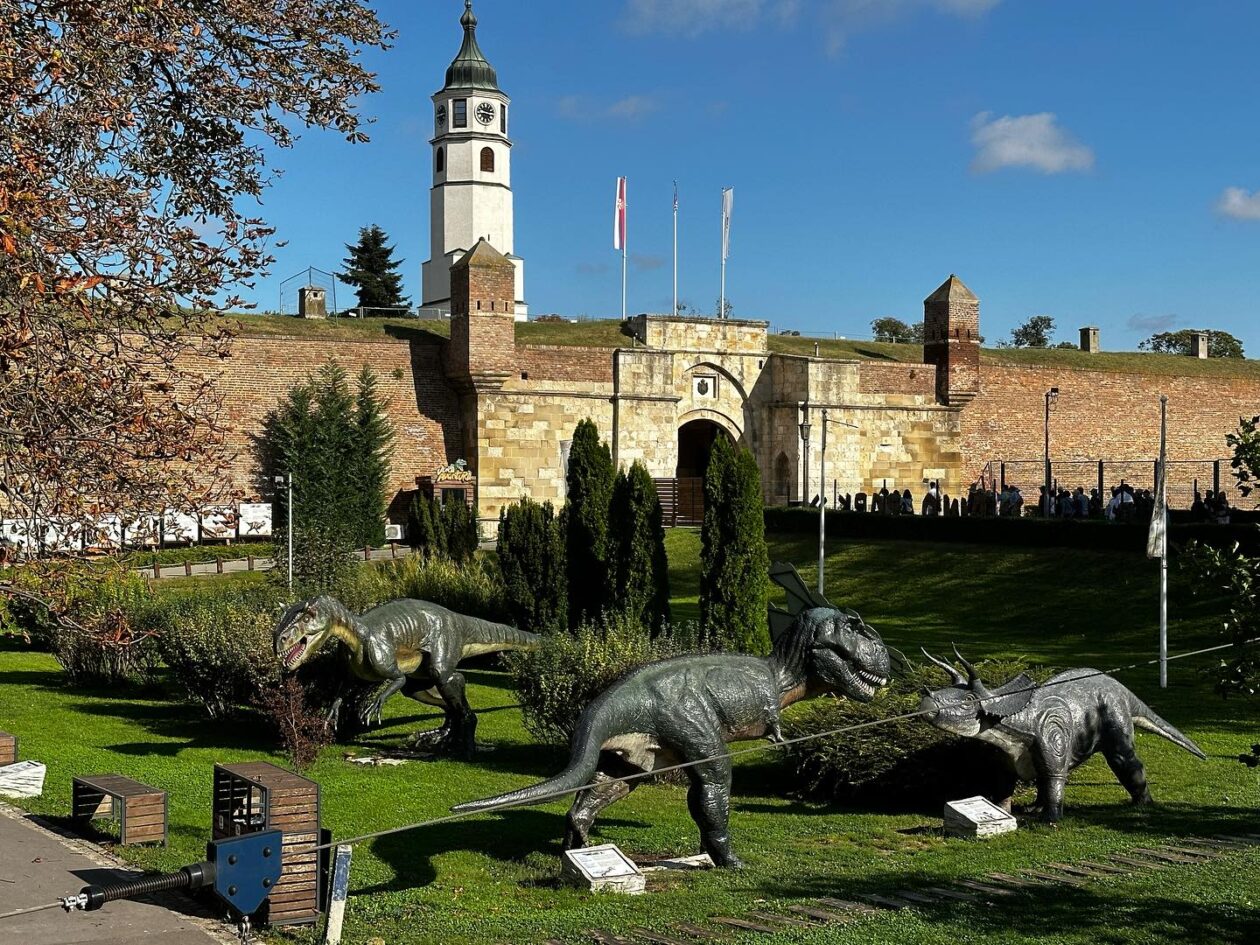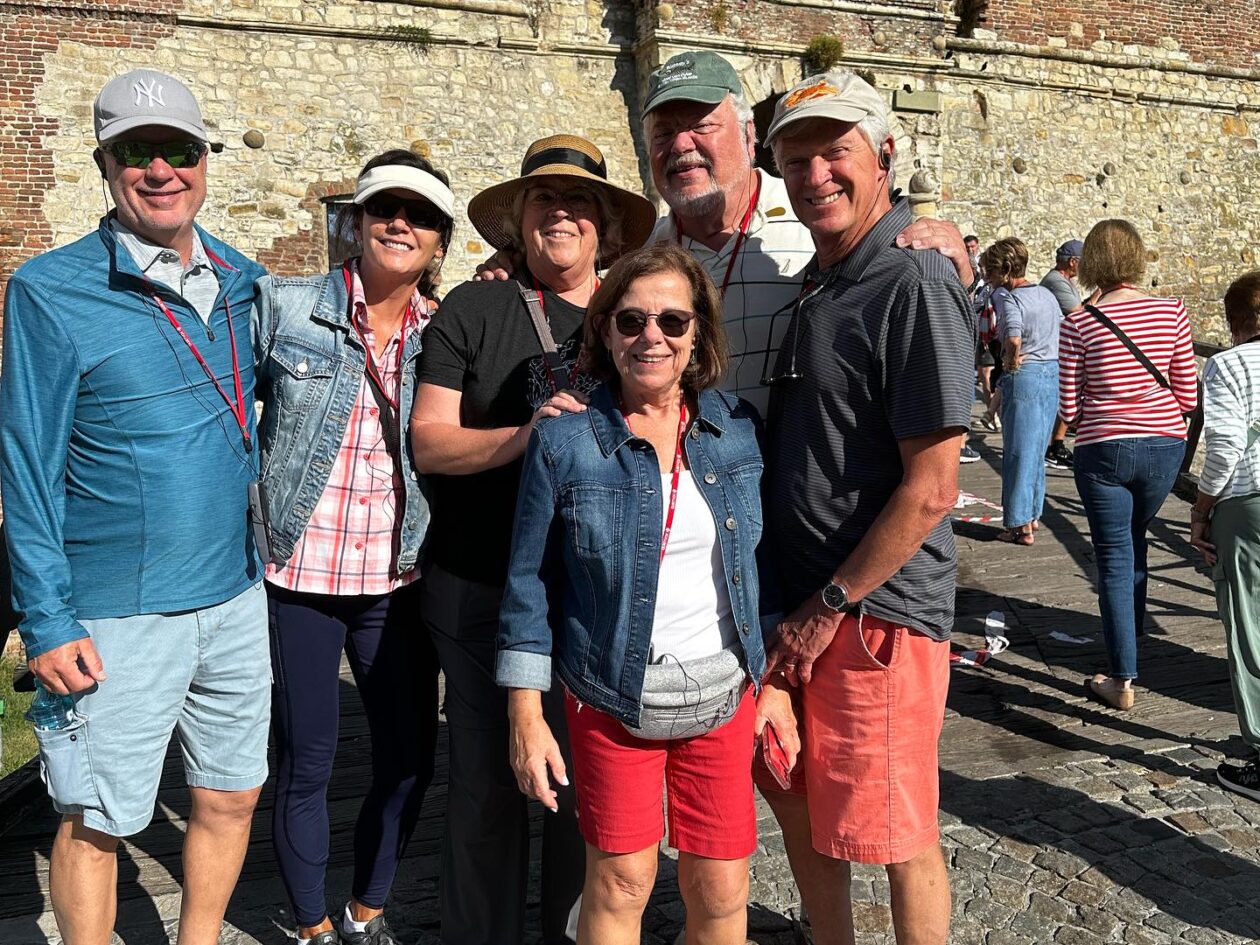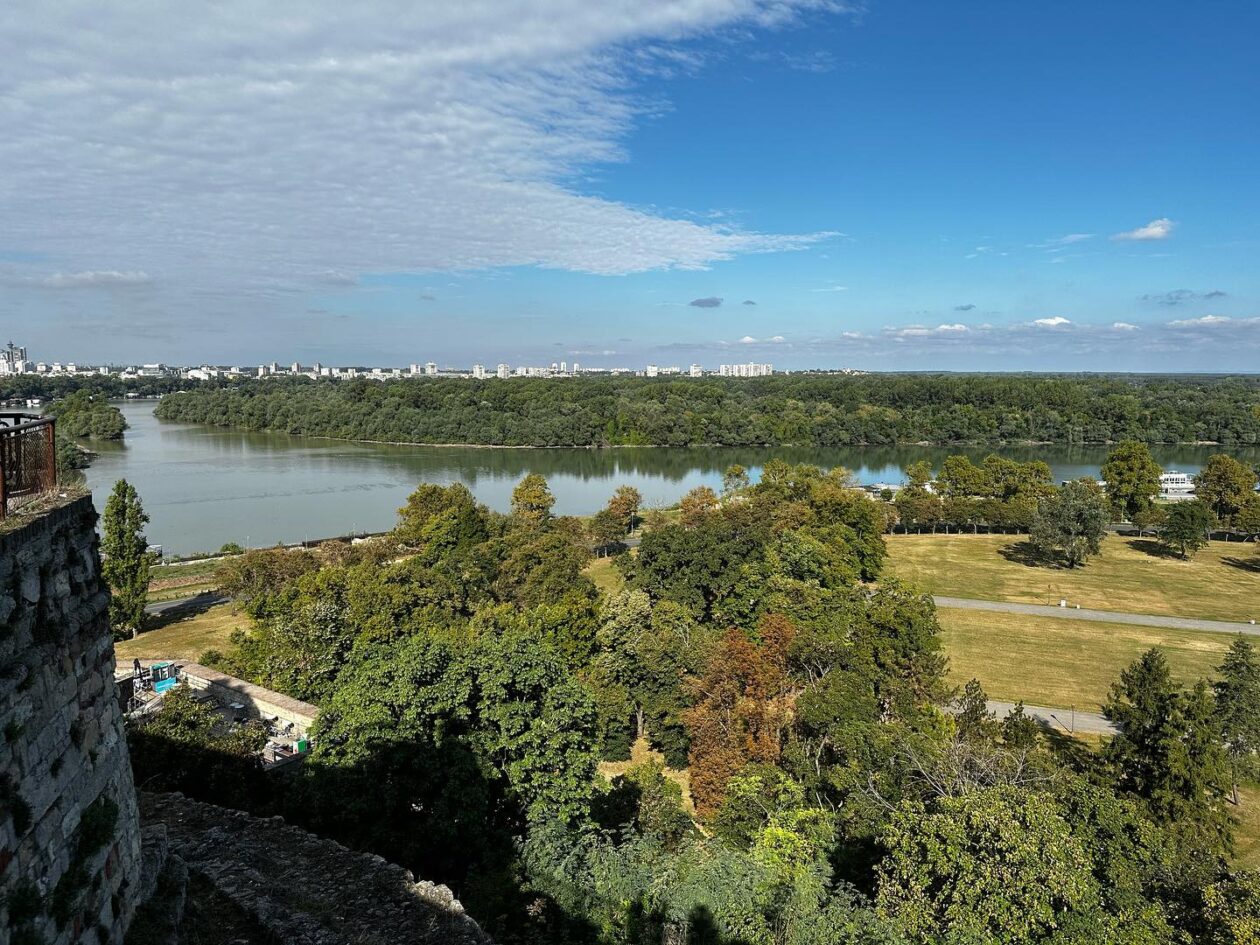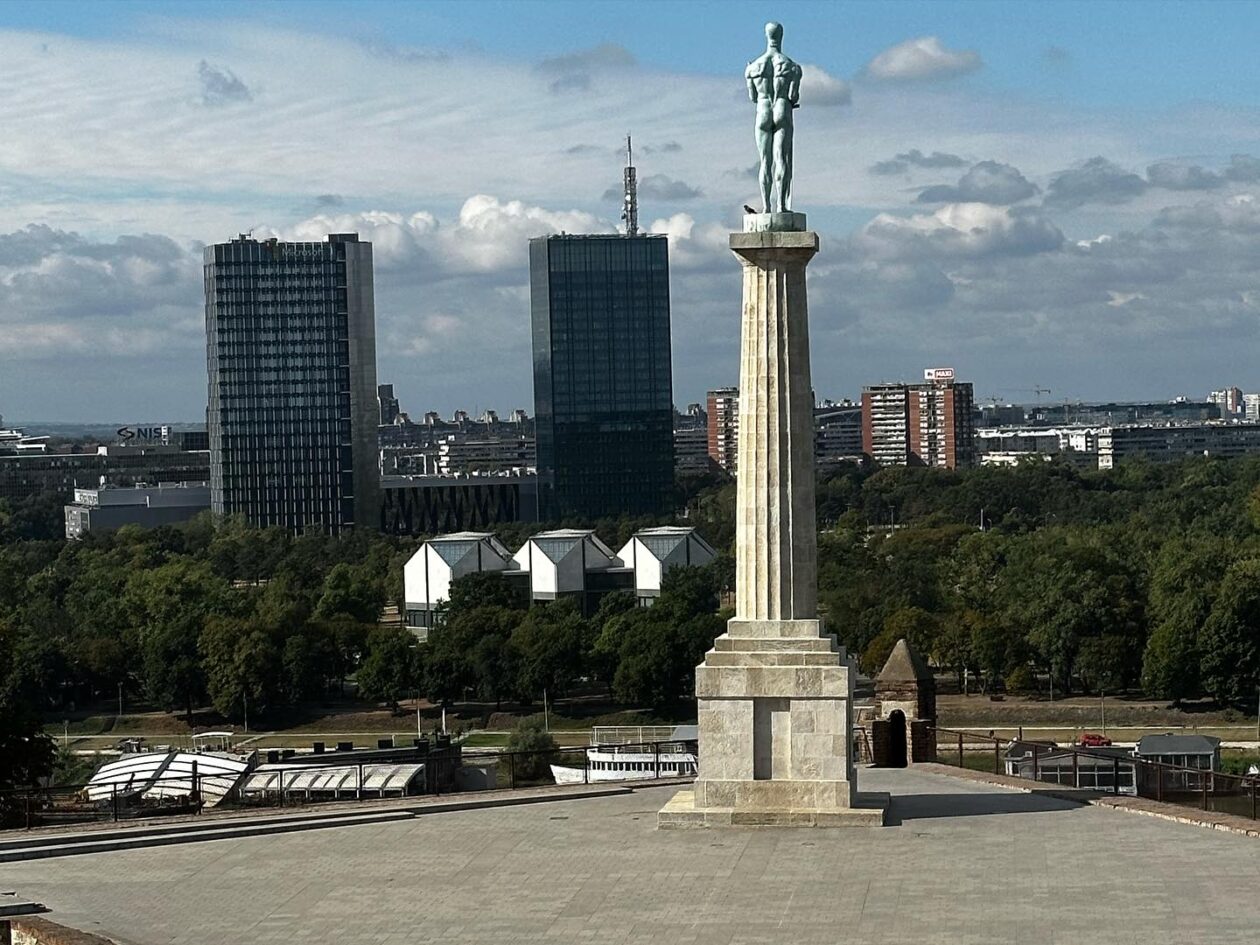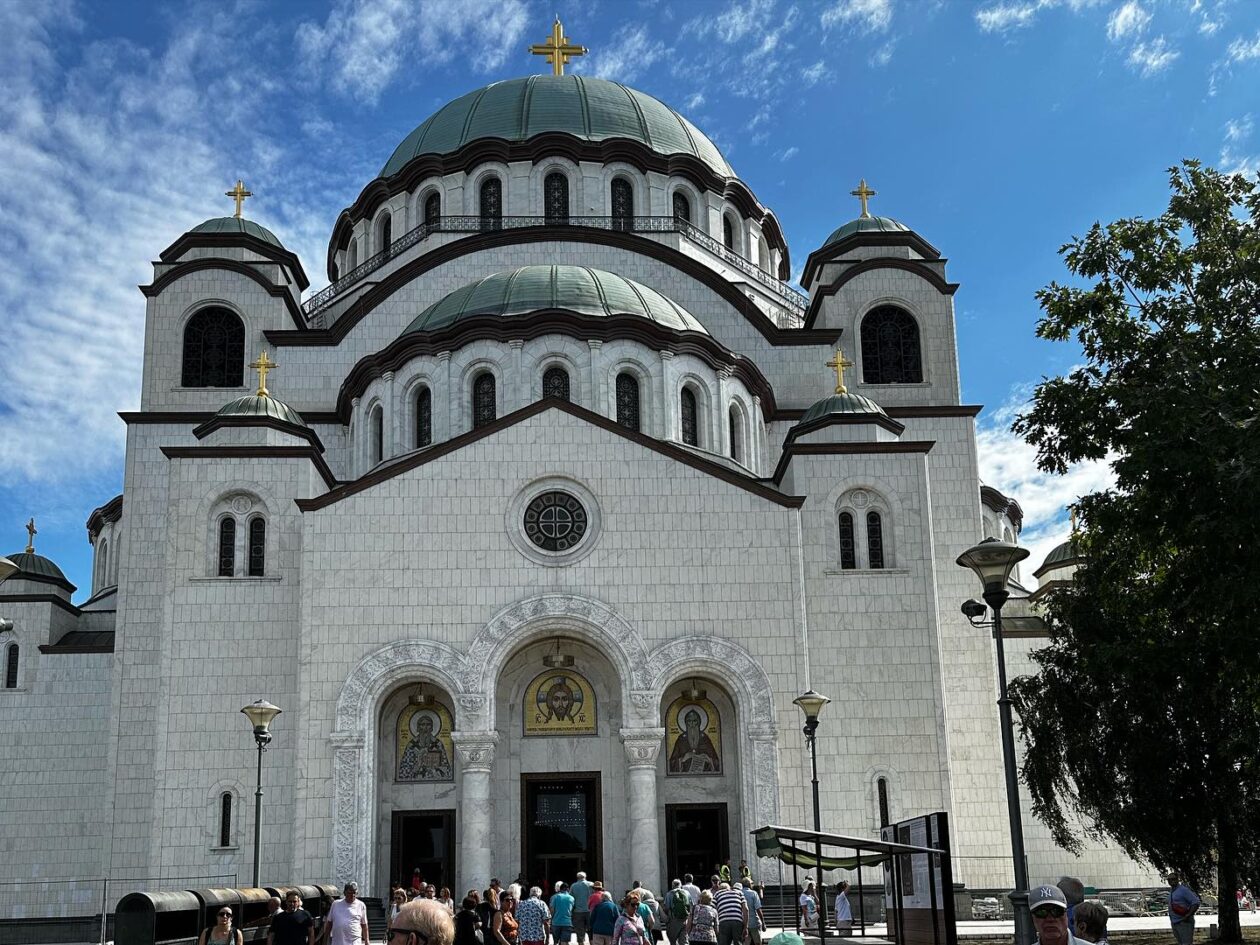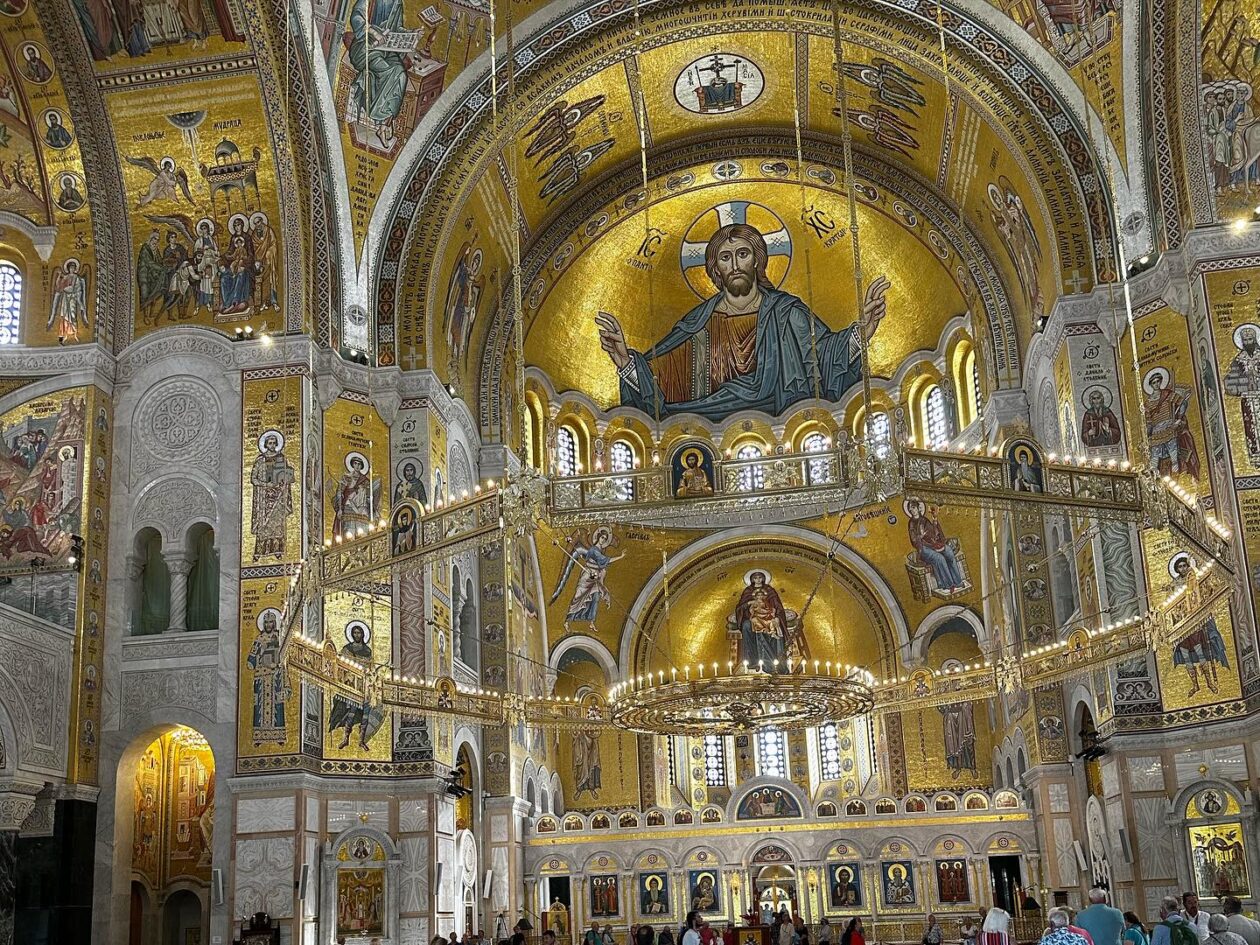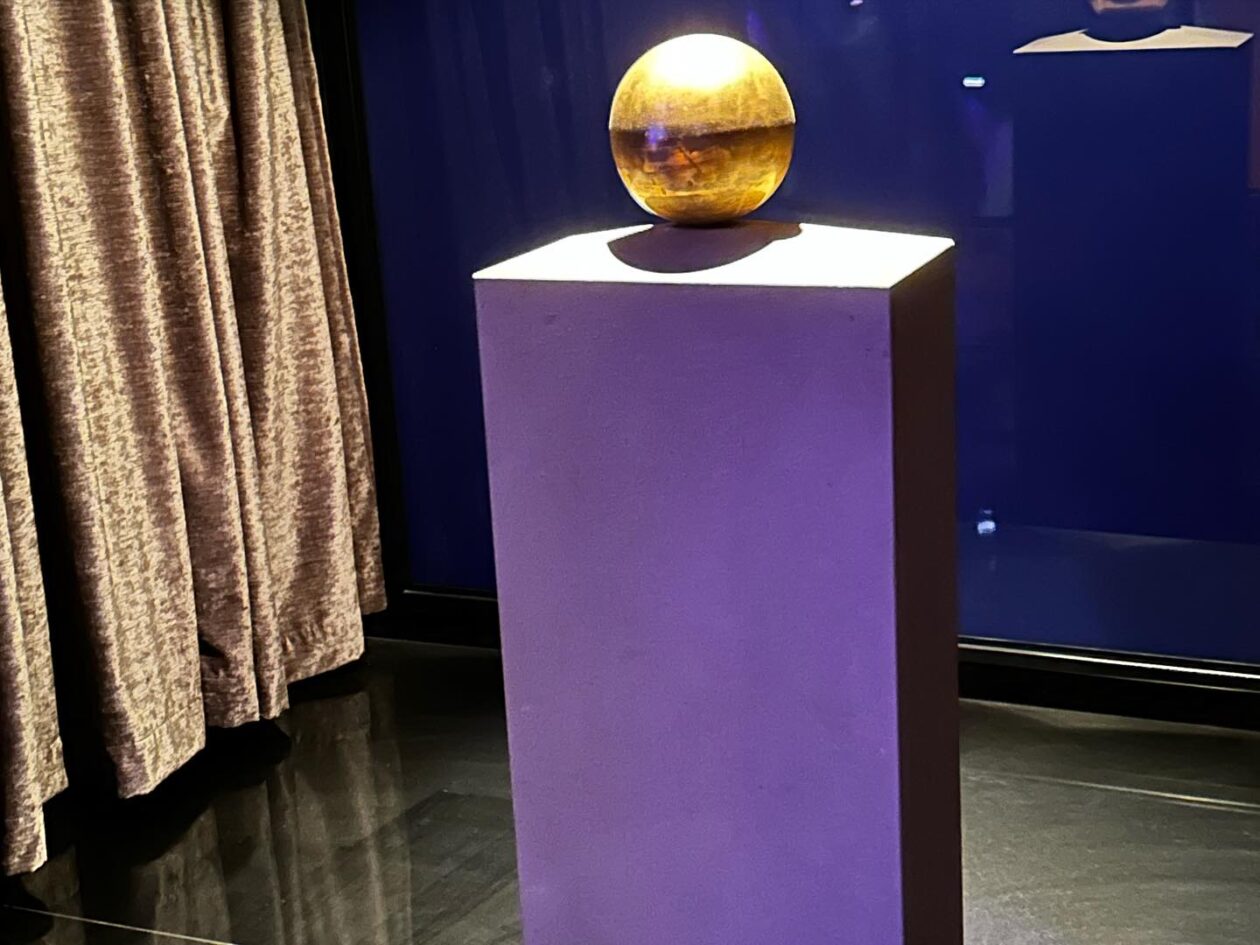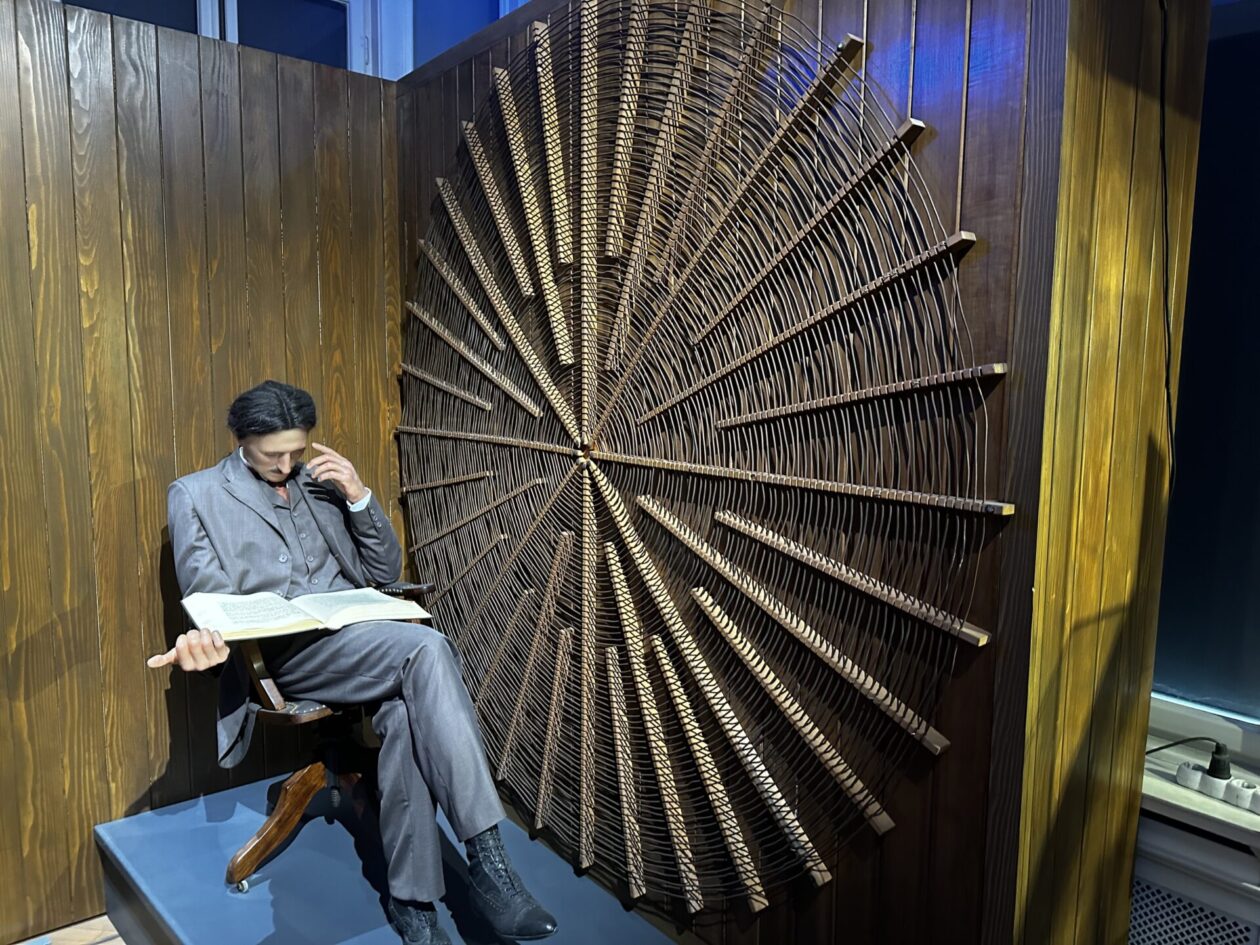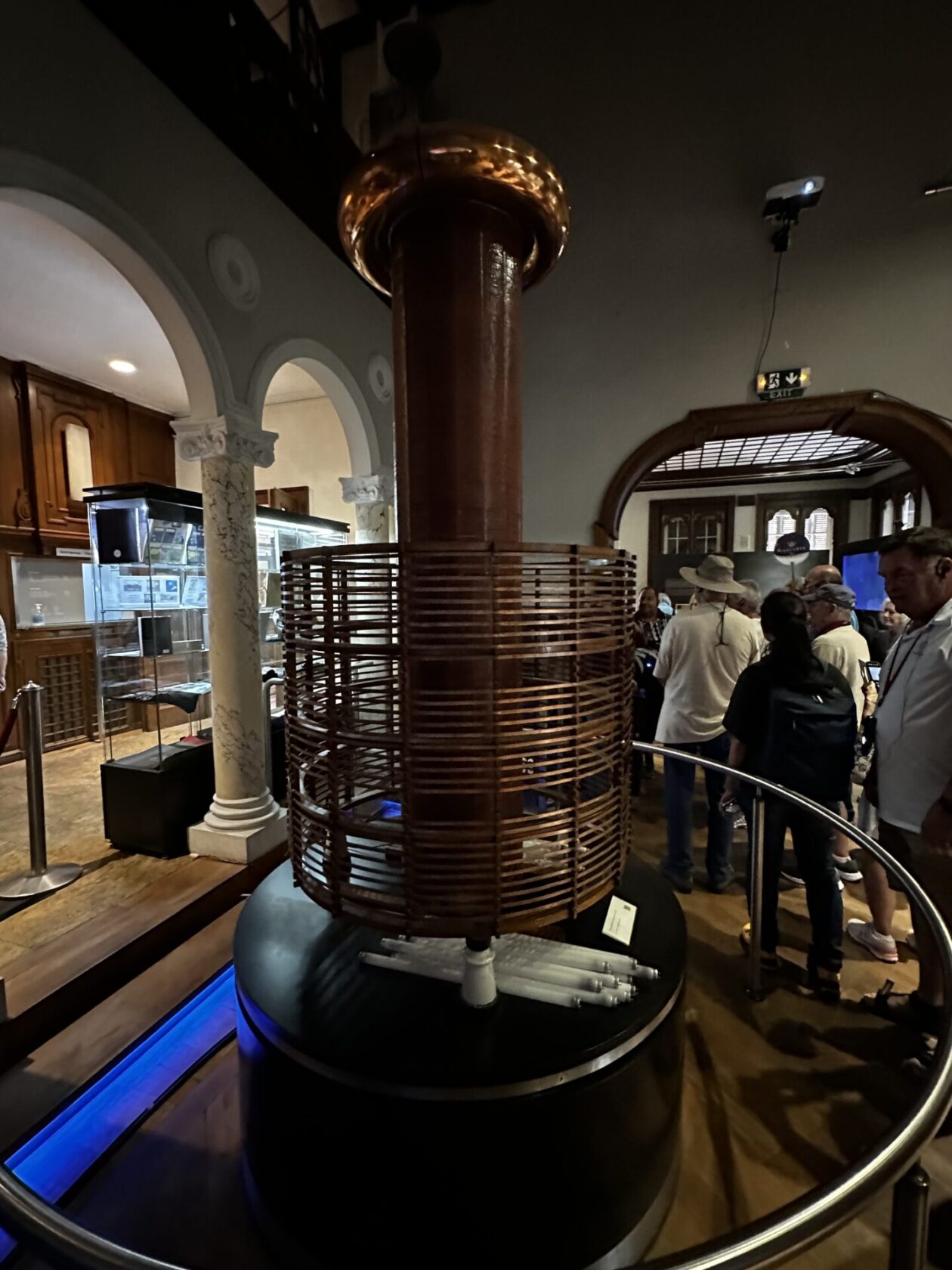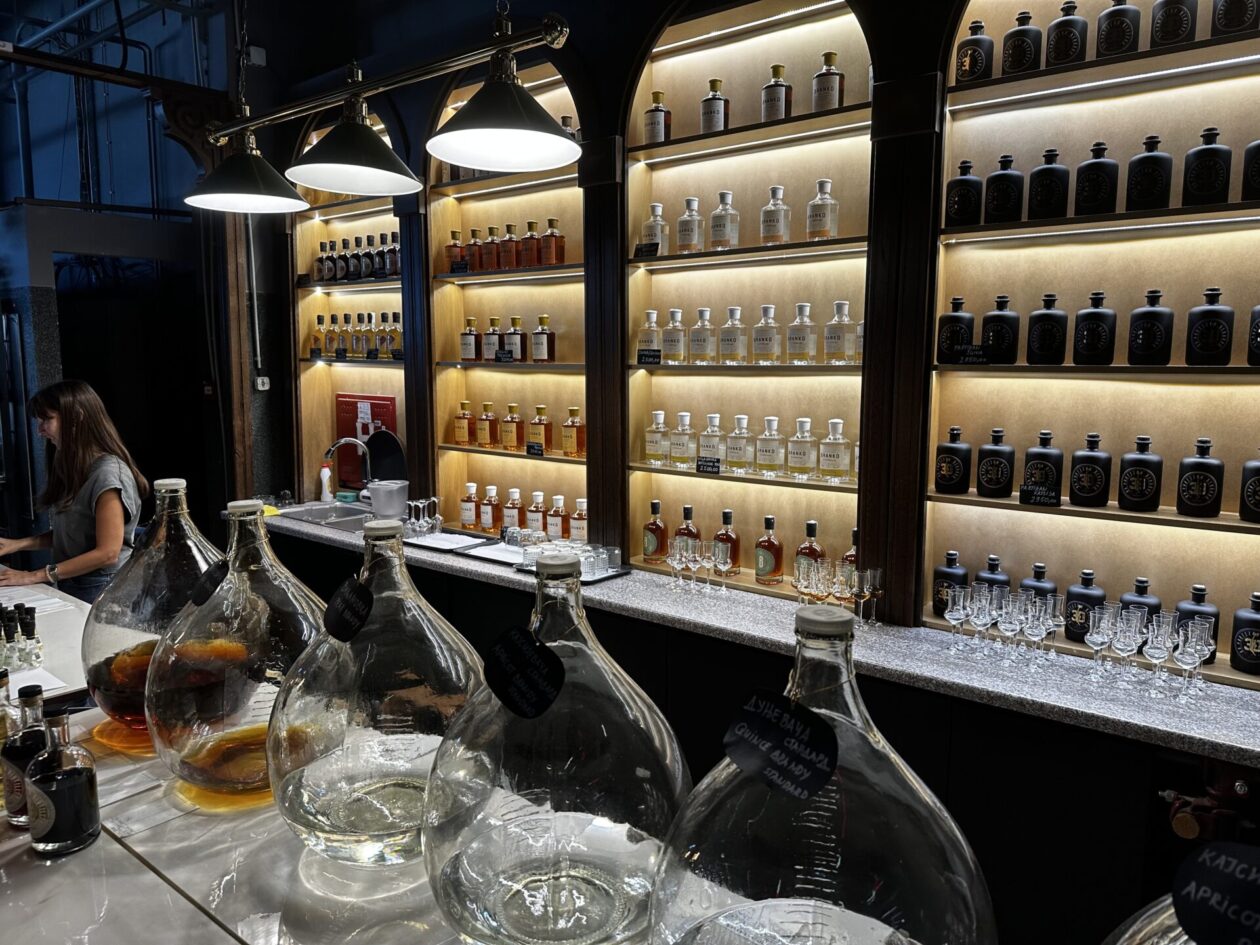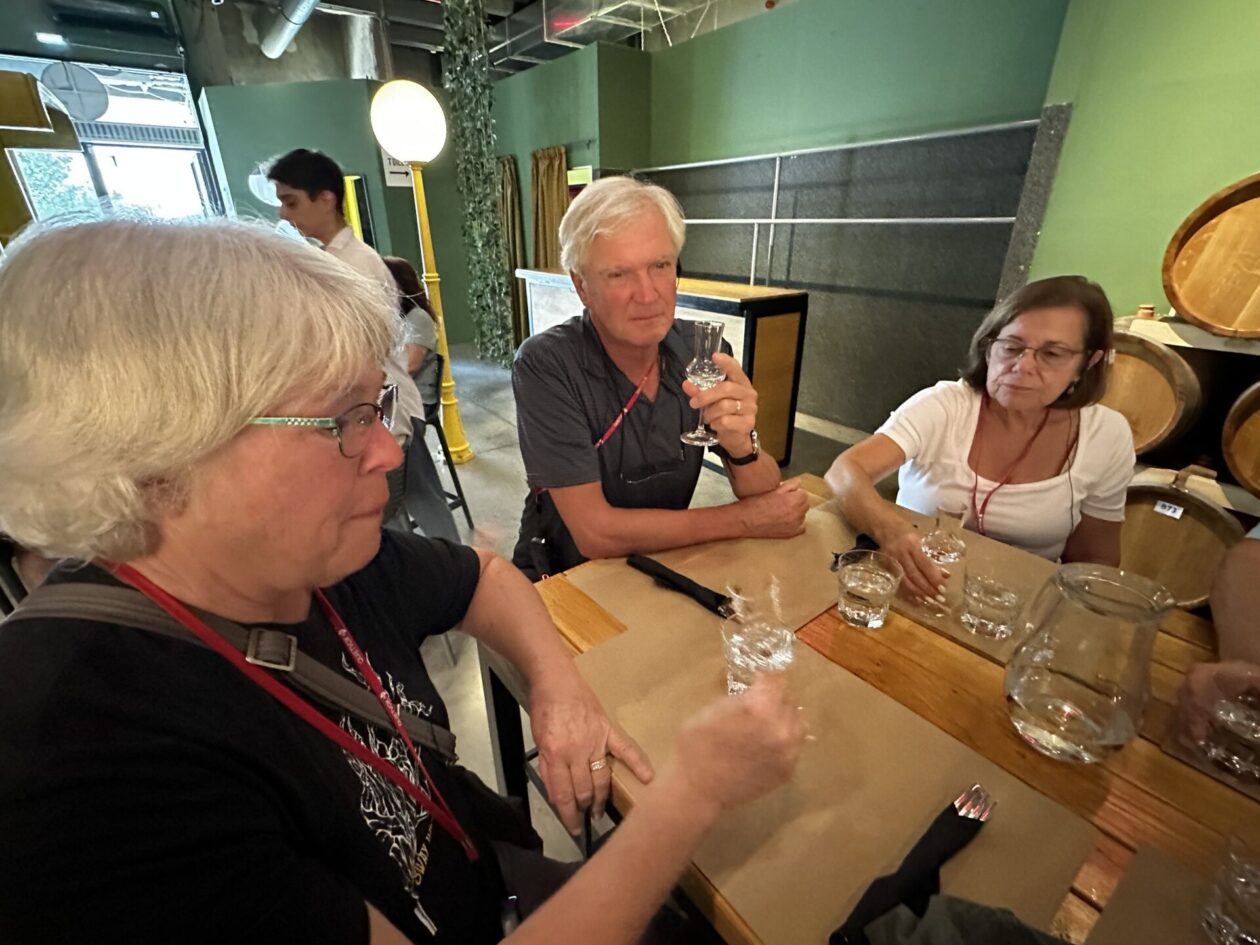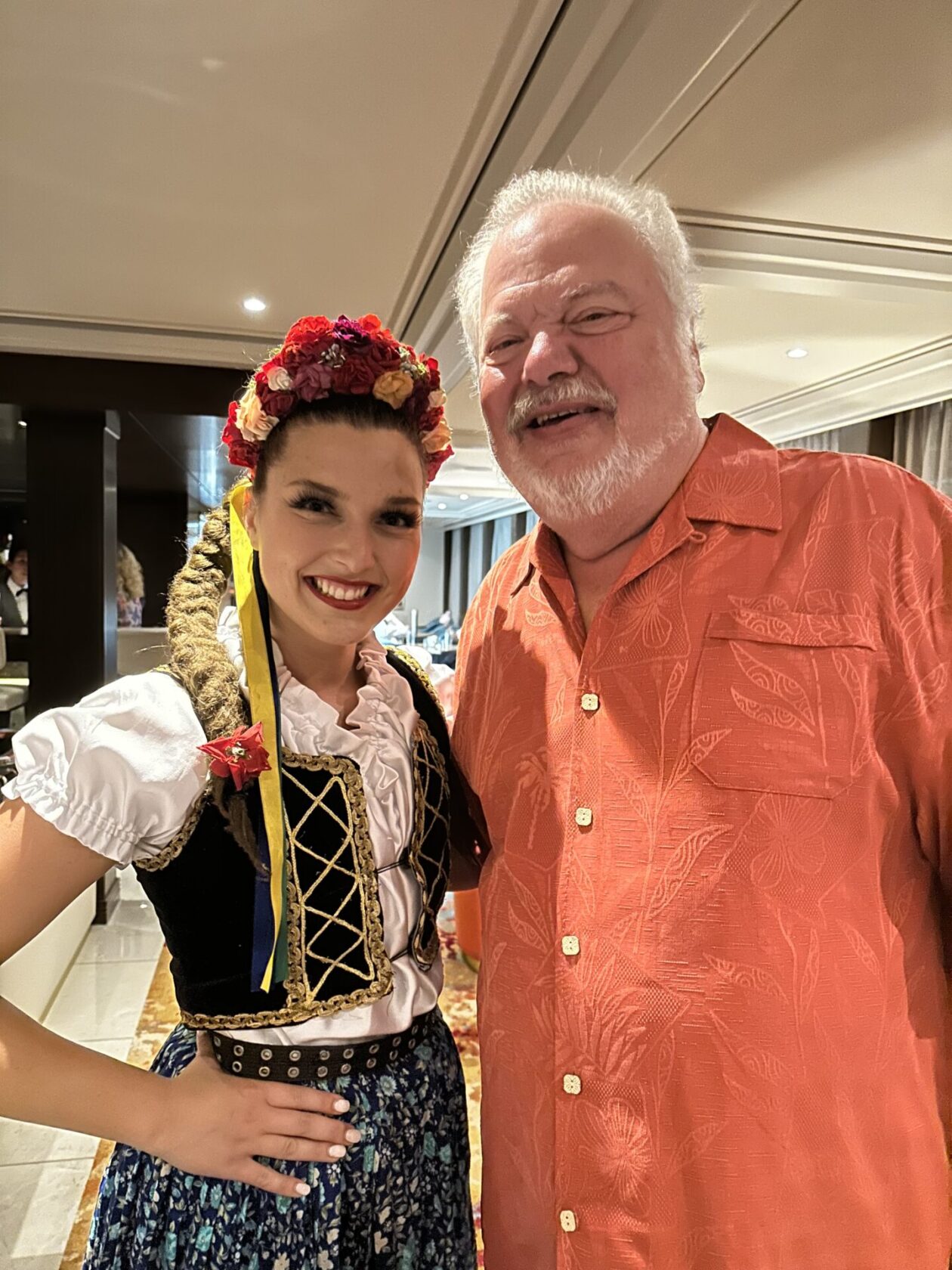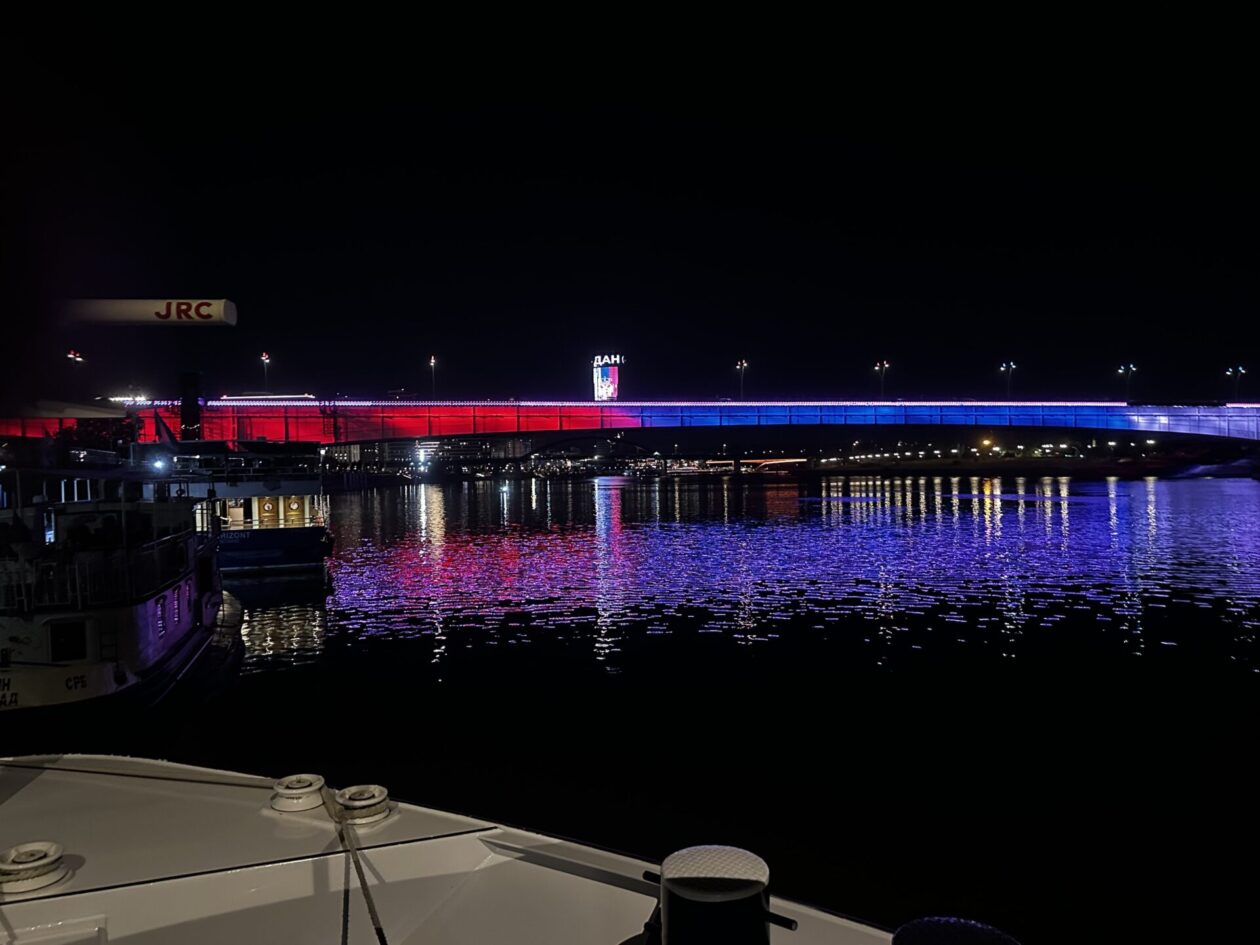This is part of a series called Pan European Sojourn 2023
Show More Posts
- The start of our Pan European Sojourn
- And we’re off — first stop Palma de Mallorca!
- Alicante, Spain
- Sète and Aigues Mortes, France
- St. Tropez and Gassin, France
- Portofino and Camogli, Italy
- Paris and Angers, France
- Bucharest, Romania
- Into the Carpathian Mountains — Peles Castle
- Brasov and Sighisoara, Romania
- Bran Castle and the legend of Dracula!
- Vidin, Bulgaria
- Valiko Tarnavo and Arbanasi, Bulgaria
- Rolling down the (Danube) river and Golubac Fortress, Serbia
- Belgrade, Serbia
- Novi Sad, Serbia and Vukovar, Croatia
- Pécs, Hungary
- Budapest, Vienna, and end of trip
Today, we visited the capital of Serbia, Belgrade. It had also been the capital of Yugoslavia. In fact, Belgrade is one of the oldest cities in Europe, having been conquered and rebuilt 40 times during its rather tumultuous history. We spent our time focusing on three areas of the city — the Kalemegdan Fortress, the Serbian Orthodox Cathedral of St. Sava, and the Nikola Tesla Museum. The Kalemegdan Fortress is probably symbolic of the city itself — it was built (and rebuilt) over many centuries since Roman times. It has been attacked and occupied by conquerors of every type. Today the fortress is a park that provides majestic views across the Sava River towards New Belgrade. There is a lot of art in the park, including many sculptures, the most famous of which the Victor monument which commemorates Serbia’s victory over the Austro Hungarian and Ottoman empires.
The Church of St. Sava provided a story of patience. From the original design to the completion of the church took over 70 years (of course a world war and socialist occupation did put some crimps in the timeline. The church was meant to resemble the Hagia Sofia in Istanbul. It is the largest Orthodox Church in Serbia and one of the biggest in the world. To say it is ornate is an understatement; there is a lot of gold in this church. What makes it different though is that most of the other Orthodox churches use painted frescoes, while this one uses mosaics.
We then went to the Nikola Tesla Museum. While many of his achievements in electrification took place in the US, Tesla spent many of his formative years here and his remains were brought back from the US to be housed here. In addition to his personal effects, a number of his early creations are there. But the most fun part is the live demonstration of the Tesla coil which was pretty “shocking.’
Our last stop for the day was at the Urban Distillery to taste rakia, a local brandy that contains a minimum of 40% alcohol. They are most famous for their sljivovica, which is a traditional plum brandy. I can safely say that rakia is not going to be near the top of our liquor choices going forward! That evening we had another folk dance troupe aboard. They were very talented and fun to talk with.
